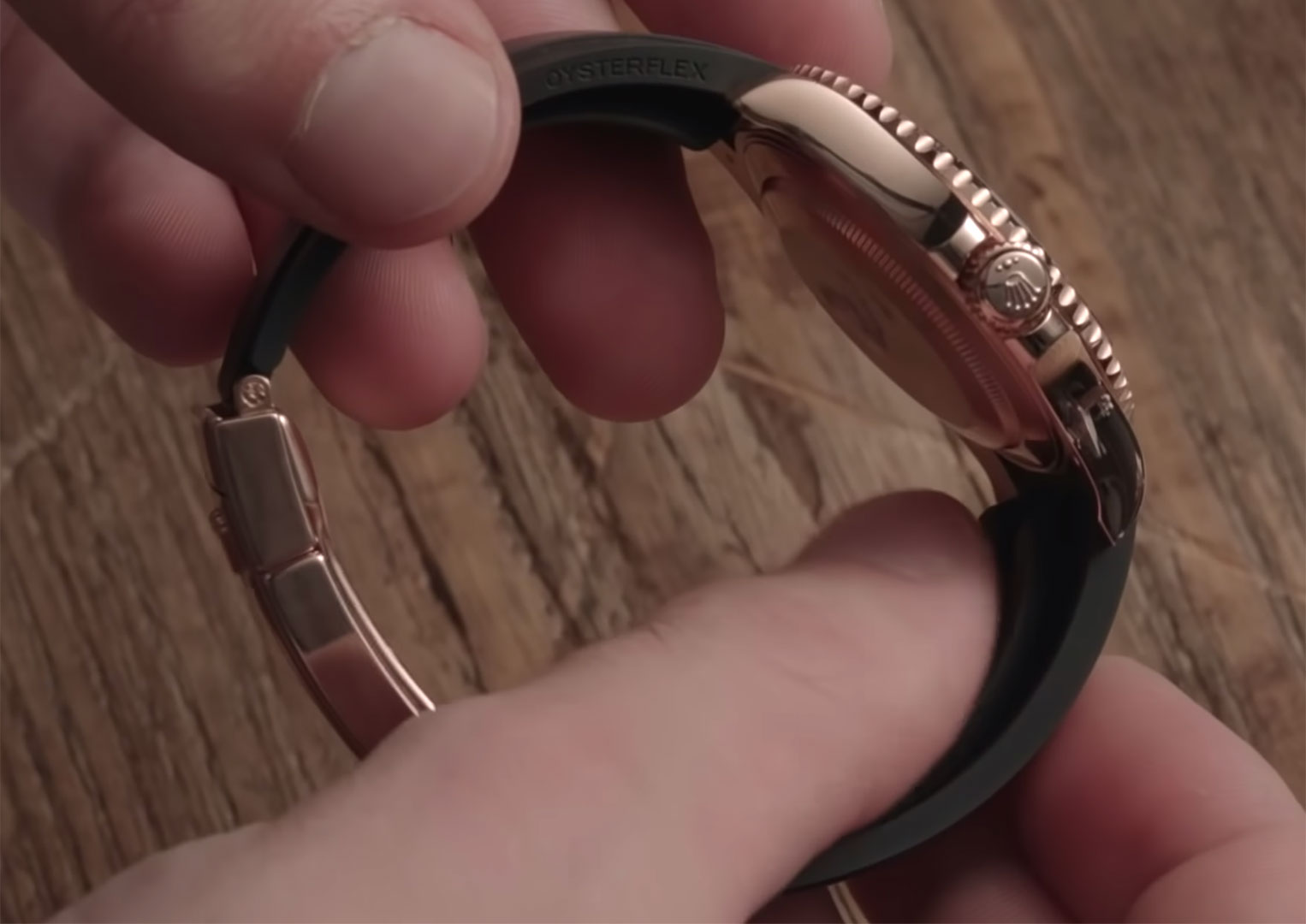Feature: Did You Miss These Recent Rolex Innovations?
It might seem as though Rolex doesn’t do much to maintain its legendary status in the watch industry. Rolling out endless new models and limited editions or packing its watches with complications is anathema to a brand that appears to bask in the status quo.
Add a crown guard, switch a bracelet style, beef up a case by a millimetre or two—in the slow-changing Rolex universe, this is the sort of thing that sends watch forums into a mouth-frothing tizzy.
But wait! Just because Rolex is subtle with its changes—and equally subtle at announcing them, with about as much fanfare as Asda knocking ten percent of its bananas—doesn’t mean they’re insignificant.
Despite its mantra apparently being “If it ain’t broke don’t fix it”, Rolex has been far busier than you think in recent years.
If you blinked at some point in the last two decades, you probably missed a few of its most interesting developments.
Here’s a recap that proves Rolex still puts innovation at the forefront of everything it does.
Getting Its Mojo Back
In the nineties and early noughties when new releases were thin on the ground, Rolex was pre-occupied with getting its stable in order. The quartz crisis had finally passed and mechanical watches had not only been given a stay of execution after languishing for several years on Death Row, they were handed a promising future.
Rolex was vigorously pursuing the path to vertical integration, buying up the factories that had supplied its bracelets, dials and movements to give it complete autonomy.
It was a Bat-Signal that shone a warning beam over the heads of its rivals. Rolex had regained its mojo, and it meant business…
New Millennium, New Movement
The Cosmograph Daytona might have a special place in the brand’s pantheon of iconic watches but it went without an in-house movement for decades. Through the 1970s it housed a manual-wind Valjoux Calibre 27 before switching in the late 80s to a modified version of Zenith's El Primero automatic movement, which it named Caliber 4030.

The Cosmograph Daytona finally got its own in-house movement in 2000.
It brought out its own automatic Caliber 4130 in 2000 and purchased the Aegler factory that made movements exclusively for Rolex soon after. With just 290 components compared to the El Primero’s 326, the 4130 was, as Rolex itself succinctly put it, “a symphony in simplicity.” To this day it’s used in all new Daytona models.
Make Way For Ceramic
Rolex started shifting from metal to ceramic—or Cerachrom—bezels in 2005, using a manufacturing method that was invented and patented by the brand. But it took a few more years for it to figure out how to combine two colours of ceramic into a single-piece insert, which would enable it to create Cerachrom versions of the ‘Pepsi’ or 'Batman' bezels featured in its iconic GMT watches.

A 2021 model GMT Master II with Cerachrom 'Batman' bezel
Scratch-resistant and less prone to fading from the UV rays of the sun as metal, Cerachrom bi-colour bezels probably won’t look like those GMTs of the 1970s when they’re 40 years old, with the red muted to a delightful cerise and the blue faded to the colour of a Mediterranean sky. And, yes, maybe a little of that retro charm will be lost, but you can’t have everything.
Wristy Business
Rolex have upped their strap and bracelet game considerably since they bought out the company Gay Freres who supplied their bracelets for many years.
It wasn’t as though Rolex was slacking in this department; its bracelets were already exemplary pieces of craftsmanship, honed to perfection and imitated by countless other brands who can never quite achieve the supremely comfortable solidity of Rolex bracelets.
But Rolex never rests on its laurels. Its Glidelock clasp, introduced in 2012, lets divers expand the bracelet to about 20mm in 2mm increments, while the Fliplock extension links make it adjustable by an additional 26mm.

A rubber Oysterflex bracelet on a Yacht-Master Reference 116655
Neither is Rolex impervious to industry trends that have been pioneered by other brands. By 2015, pairing rubber straps with luxury watches was no longer considered as distasteful as adding ice cubes to a glass of Chateau Latour.
With this in mind, Rolex introduced the Oysterflex to its Yacht-master range, enhancing its sporty aesthetic.
Admittedly not everyone loved the look, but it proved once again that the brand isn’t set in its ways.
Something Blue
And let’s not forget the Blue Parachrom Hairspring.
“Para-what?” you’re probably saying, which is fair enough. You’ll probably never even lay eyes on this component. Plus, as watch parts go, it doesn’t have the prominence of a rotor or the presence of a bridge.
But by being made from a paramagnetic alloy, this tiny blue spiral of metal, which maintains the oscillations of the balance and took five years of research to perfect, is unaffected by magnetic fields and up to 10 times more resistant to shocks—unlike standard hairsprings.
It’s yet another example of Rolex’s changes being almost imperceptible, yet hugely significant in terms of reliability and functionality.
Looking for a pre-owned Rolex watch? Click here to shop now
Looking for pre-owned Rolex finance? Click here to shop now




